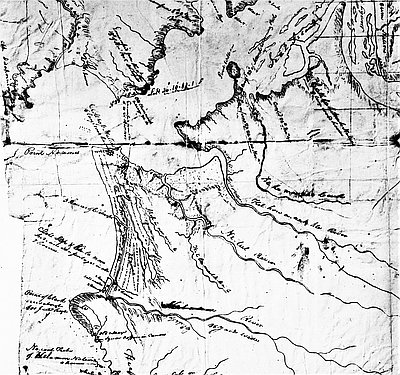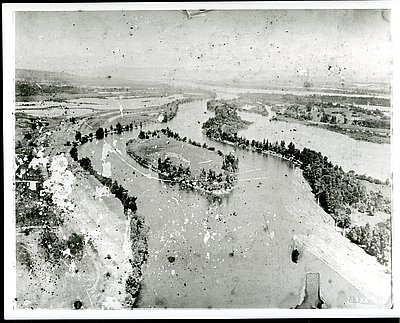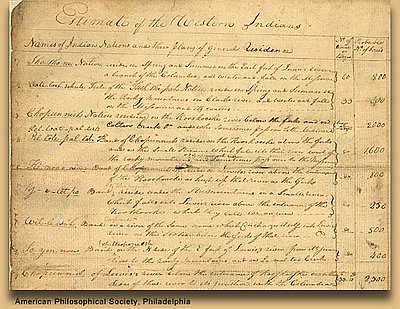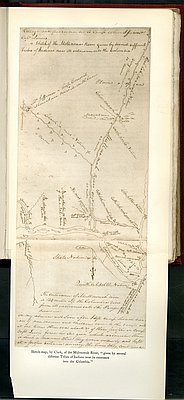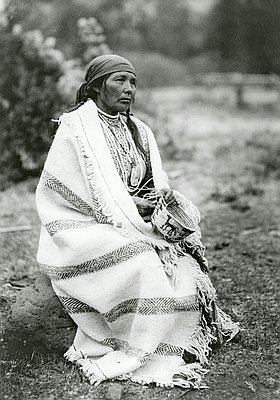Robert Boyd
Robert Boyd is a contracting anthropologist, author, and affiliated research professor in the Anthropology Department at Portland State University. He received his PhD from the University of Washington in 1985, and his research speciality is the early contact history and culture of the Native Americans of Oregon and Washington states. He is author of People of The Dalles: the Indians of Wascopam Mission (1996) and The Coming of the Spirit of Pestilence: introduced infectious diseases and population decline among Northwest Coast Indians, 1774-1874(1999), editor of Indians, Fire, and the Land in the Pacific Northwest (1999), and co-editor of Chinookan Peoples of the Lower Columbia (2013). He is currently working on a manuscript titled "Before Portland: the Native Americans' Wappato Valley," a historical ethnography of the Native people of the Portland Basin before removal in 1855-56.
Author's Entries
-
![Disease Epidemics among Indians, 1770s-1850s]()
Disease Epidemics among Indians, 1770s-1850s
In 1972, historian Alfred Crosby introduced the term Columbian Exchange to refer to the interchange of plants, animals, bacteria, and peoples that occurred between the Old World (Eurasia and Africa) and the New World (the Americas and Australia) following the arrival of Christopher Columbus in the Americas in 1492. One …
Oregon Encyclopedia
-
![Indian Use of Fire in Early Oregon]()
Indian Use of Fire in Early Oregon
Anthropogenic (human-caused) fire was a major component of the Native system of land and resource management in what is now Oregon. Of all the techniques used to manage food resources and manipulate food-producing environments, controlled burning was the most widespread and effective in most environments on the West Coast. In …
Oregon Encyclopedia
-
![Multnomah (Sauvie Island Indian Village)]()
Multnomah (Sauvie Island Indian Village)
"Multnomah" is a word familiar to Oregonians as the name of a county and a waterfall, among other places. Less well known is its origin as the name of an Indian village once located on the upriver end of Sauvie Island facing the Columbia River. The name is from …
Oregon Encyclopedia
-
![Native Art of the Wapato Valley]()
Native Art of the Wapato Valley
Sauvie Island, at the confluence of the Willamette and Columbia Rivers, was the geographical focus of a sizable body of Native art pieces in the Chinookan Art Style, a unique art form characteristic of the Native peoples of the lower Columbia River. Many of the pieces are preserved in …
Oregon Encyclopedia
-
![Portland Basin Chinookan Villages in the early 1800s]()
Portland Basin Chinookan Villages in the early 1800s
During the early nineteenth century, upwards of thirty Native American villages were documented in the Portland Basin (present-day Multnomah, Clark, Clackamas, and east Columbia Counties). Most of the villages were sited on riverbanks and in wetlands along the Columbia and Willamette Rivers and were occupied by people who spoke dialects …
Oregon Encyclopedia
-
![Wapato (Wappato) Valley Indians]()
Wapato (Wappato) Valley Indians
Lewis and Clark called them the "Wappato Indians," the people who inhabited the villages that lined the riverbanks in the "Wappato Valley," the resource-rich lowlands along the Columbia River between Vancouver and Kalama, centering on Sauvie Island. "Wappato" was a reference to wapato (Sagittaria latifolia), a tuber found …
Oregon Encyclopedia
-
![Wascopam Mission]()
Wascopam Mission
Wascopam Mission, which operated at The Dalles from 1838 to 1847, was the most successful of the early Methodist missions to Oregon Indians, recording more converts to the church than the Willamette Mission, its better known equivalent near Salem. The mission was founded by Henry K.W. Perkins and …
Oregon Encyclopedia
-
![Western Oregon Klikatats (Klickitats)]()
Western Oregon Klikatats (Klickitats)
Between the 1810s and 1850s, a sizable segment of the Klikatat Tribe of present-day south-central Washington occupied parts of the Willamette, Umpqua, and Rogue Valleys. Their expansion into Oregon Territory is a strong regional example of how, all along the western frontier, exposure to EuroAmericans changed the cultures and territories …
Oregon Encyclopedia


